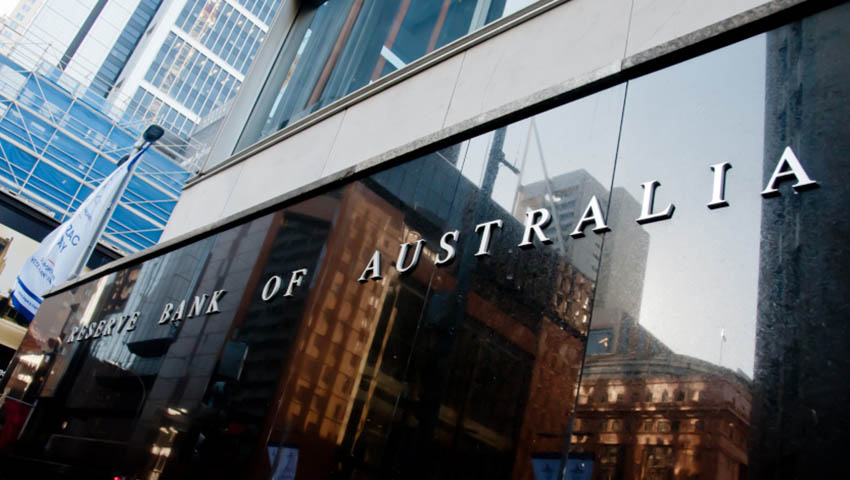House prices could jump 30% on the back of low interest rates, RBA hints
According to new documents released from the Reserve Bank of Australia, persistently low interest rates could push up property prices by as much as 30 per cent.

An internal RBA document, made public on Friday, has predicted a 30 per cent growth in property prices over a period of three years if interest rates remain persistently low.
According to the RBA’s data mapping, a permanent 1 percentage point (100 basis point reduction) cut in the official rate could increase real housing prices by 30 per cent after about three years.
On the contrary, the RBA noted, if low rates are only temporary, house prices would rise by 10 per cent over the three-year period.
The official interest rate is currently at a record low of 0.1 per cent, following several cuts since mid-2019, with RBA governor Philip Lower noting on numerous occasions that the rate will not increase for “at least” three years.
Property movements
According to leading indicators, Australia’s property boom has already kicked off, with double-digit growth already logged across the country.
“Monetary policy appears to have larger effects in local areas in which housing supply constraints are binding, mortgage debt is higher and there are more housing investors,” the RBA document said.
Currently, the bank noted, much of the credit growth is coming from owner-occupiers.
“First home buyer activity has increased strongly in recent months, a positive indication of access to housing for younger households, according to loan commitments data,” the RBA added.
It, however, cautioned that increasing asset prices can induce borrowers to take on too much credit if accompanied by looser lending standards and/or optimistic assessments of risks.
The RBA also flagged that: “If price rises induce large amounts of new property construction, this can create an overhang of excess supply, causing prices to fall further.
“More of the loan book will be borrowers who bought near the price peak as new property purchases tend to increase during booms. Means more of the loan book is likely to be in negative equity.”
The bank is, however, confident that Australian financial regulators will monitor and control the risks.
“Since 2015, lending standards tightened substantially for both housing and commercial property. APRA and ASIC have both taken steps to reinforce sound lending for residential mortgages in particular,” it said.
